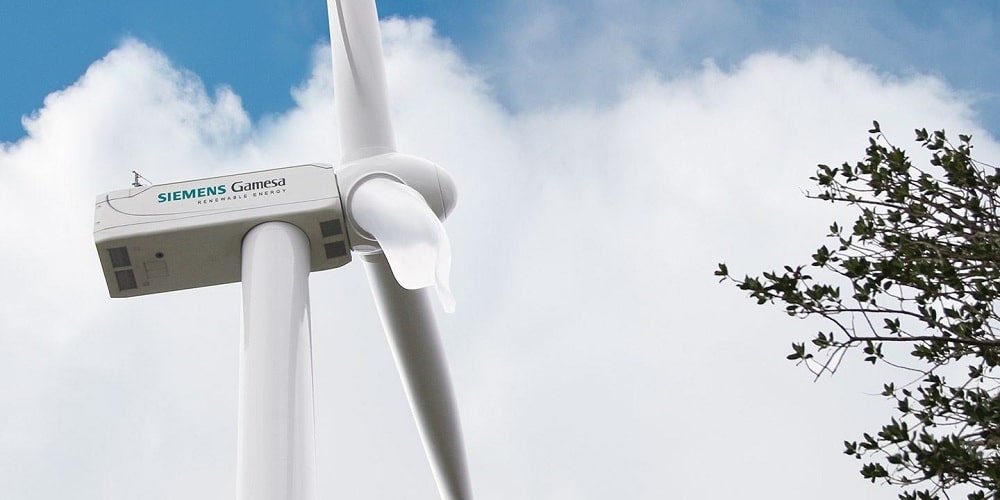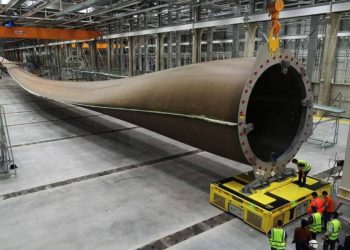Spanish turbine-maker Siemens Gamesa has secured an order to supply 43 of its SG 4.5-145 turbines for a 194MW wind power project in Canada.
Siemens Gamesa neither disclosed the details about the customers nor the details about the project. The company claims that the SG 4.5-145 model wind turbine is one of the most powerful onshore turbines with the largest rotor size till date in Canada.
The 71m long blades come with aerodynamics and noise reduction features for higher energy generation and reduced noise emission levels.
Siemens Gamesa Canada business head David Hickey said: “We’re proud that our partners chose Siemens Gamesa and our SG 4.5-145 turbine for this project. The new SG 4.5-145 turbine will provide extremely cost competitive and clean energy to the consumers and communities of Canada.”
To date, Siemens Gamesa has installed more than 3GW wind turbines across Canada, emerging as a major player in the country in terms of installed capacity. Canada has a total installed wind capacity of 12.8GW as of last December, with an annual growth of about 20% for the last ten years.
Siemens Gamesa has also secured orders to supply wind turbines for EDF Renewables’ 487MW Coyote and Oso Grande wind projects in the US. For the two wind farms, the firm will supply its SG 4.5-145 and SWT-2.3-108 turbines. The orders also include a service and maintenance agreement for the wind farms.
The Coyote wind farm, located in Scurry County, Texas, will be powered by 48 of SG 4.5-145 and 11 of SWT-2.3-108 wind turbines. The second wind project, Oso Grande will also be powered by 48 of SG 4.5-145 and 13 SWT-2.3-108 wind turbines.
Earlier this month, the company introduced a new onshore platform, the 5.X platform that consists of two with turbine models SG 5.8-155 and the SG 5.8-170. The new platform will have the largest unity capacity in the company’s onshore portfolio, with 5.8MW rated capacity.
The first prototype installation of the SG 5.8-155 is expected to take place by mid-2020, while the first prototype of the SG 5.8-170 is planned to be installed in the third quarter of 2020.










































